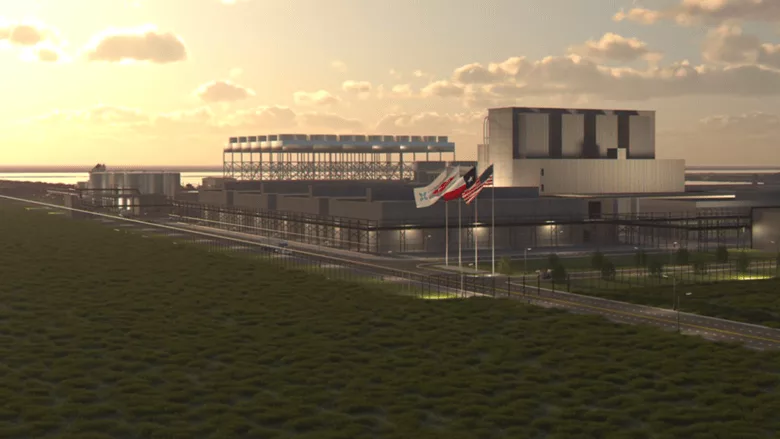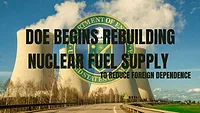NRC Moves Forward on Dow’s Advanced Reactor Project
Here’s What It Means for the Drilling Industry

Image Courtesy of X-Energy
The U.S. Nuclear Regulatory Commission (NRC) has officially docketed Dow’s construction permit application for an advanced nuclear project in Seadrift, Texas—marking a pivotal step in the development of X-energy’s Xe-100 small modular reactor (SMR) technology. If approved, it would become the first advanced nuclear facility built at an industrial site in the U.S., powering a high-output chemical manufacturing plant with on-site nuclear energy.
Dow’s proposed Long Mott Generating Station would host four Xe-100 SMRs, delivering both electricity and high-temperature process heat. Backed by the U.S. Department of Energy’s Advanced Reactor Demonstration Program, the project uses a streamlined licensing path developed to speed approval of non-light-water reactors.
What This Means for Drilling Professionals
While headlines focus on nuclear innovation, the drilling industry has a vital role to play:
-
Site Preparation and Subsurface Characterization: Geotechnical and hydrogeological assessments will be crucial for safe construction. Soil borings, core sampling, and groundwater monitoring will require skilled drillers.
-
Thermal and Process Heat Loop Integration: The use of process heat infrastructure means directional drilling and precision boring for heat exchange systems could be in high demand.
-
Environmental Monitoring Wells: Nuclear facilities typically require robust groundwater and environmental monitoring systems, offering opportunities for environmental and remediation drilling firms.
- Long-Term Infrastructure Needs: Decades of operation mean periodic maintenance drilling, upgrades, and potential expansions—creating a long-term pipeline of work.
Despite the promise of SMRs, the Dow-X-energy project faces growing scrutiny.
Here’s why:
Safety and Waste Concerns: Advanced or not, it’s still nuclear. Critics question how radioactive waste will be stored long term and whether newer SMRs truly remove the risk of accidents. The NRC’s expedited review process has also sparked concerns over safety oversight.
Environmental Impact: The reactors will need significant water resources—a potential strain in drought-prone regions of Texas. Environmental groups warn of possible groundwater contamination during drilling and operation, especially if monitoring protocols aren’t rigorously enforced.
Economic Viability: Federal subsidies and DOE funding support the project, but critics argue this public investment props up a technology that may not be cost-competitive. Nuclear has a history of cost overruns and delays, raising questions about whether the returns justify the risk.
Public Transparency and Local Input: Some local groups argue that fast-tracked approvals limit community input. With the NRC adopting a new, streamlined process, watchdogs worry that transparency and environmental justice may be getting shortchanged.
Energy Policy and Market Competition: Energy policy advocates point out that prioritizing SMRs could divert attention and funding from cheaper, more scalable renewables like wind and solar. If these reactors require continued federal support, their long-term viability could hinge on policy more than performance.
If the Seadrift project proceeds, it could become a model for industrial operators nationwide—and a bellwether for how nuclear fits into the future energy mix. For drilling contractors, it’s both a business opportunity and a signal that the energy transition will demand new skill sets and careful attention to evolving regulatory, environmental, and political dynamics. Dow anticipates that construction could begin within five years, with permitting and preparatory work already underway.
Looking for a reprint of this article?
From high-res PDFs to custom plaques, order your copy today!





